Team Building: Inside and Outside the Classroom
Danny Singh, born and raised in London, but now based in Rome, gives creative English language lessons and teacher training courses all over Italy and abroad. He also offers stimulating monthly presentations on language related issues at Rome’s biggest international bookshop and is visible on web TV www.inmagicartwebtv.eu with a series of interactive English video lessons. He is author of two books, “I was a happy man...then one day I came across Laughter Yoga” and “Learning English through the mind and the body”. He regularly attends Pilgrims TT summer courses as a Guest Speaker. Website: www.laughnlearn.net
e-mail: singh_danny@hotmail.com
Note
The text was previously published in the summer issue 2018 of IN mag, a Slovenian IATEFL teaching publication.
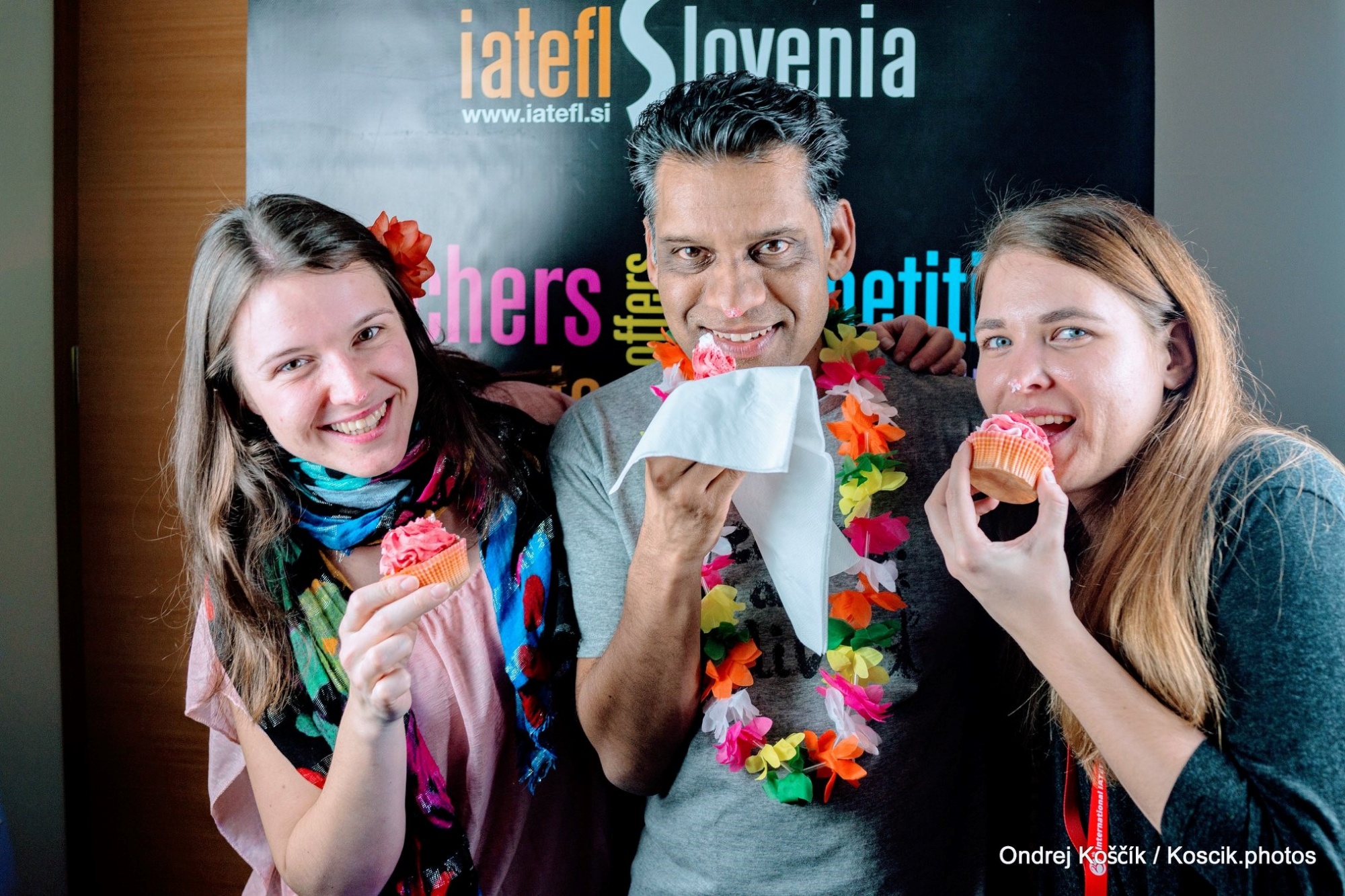
Team Building
Team Building is the now fashionable term given to what once was called, group dynamics or indeed, classroom management. It’s the idea of getting a group of people to bond, through a range of exercises, which improves relations between them, creates a feeling of harmony, but most importantly, enables them to work better together. Progressive humanistic teachers have been promoting group dynamics for years as an essential process in getting a class to work together and be more productive. Teachers who look at the problems of classroom management and dealing with difficult students often refer to the essentials of activities designed to enhance relations within the group.
Most traditional teacher training courses give scarce attention to team building activities. The result is that teachers find themselves having to deal with students who have all kinds of reasons for not wanting to work with some of their colleagues. These include; his level is inferior to mine, so I’m wasting my time, her level is too high for me, so I can’t understand her, she looks down on me, he doesn’t like the way I dress, I don’t like the way she dresses etc.
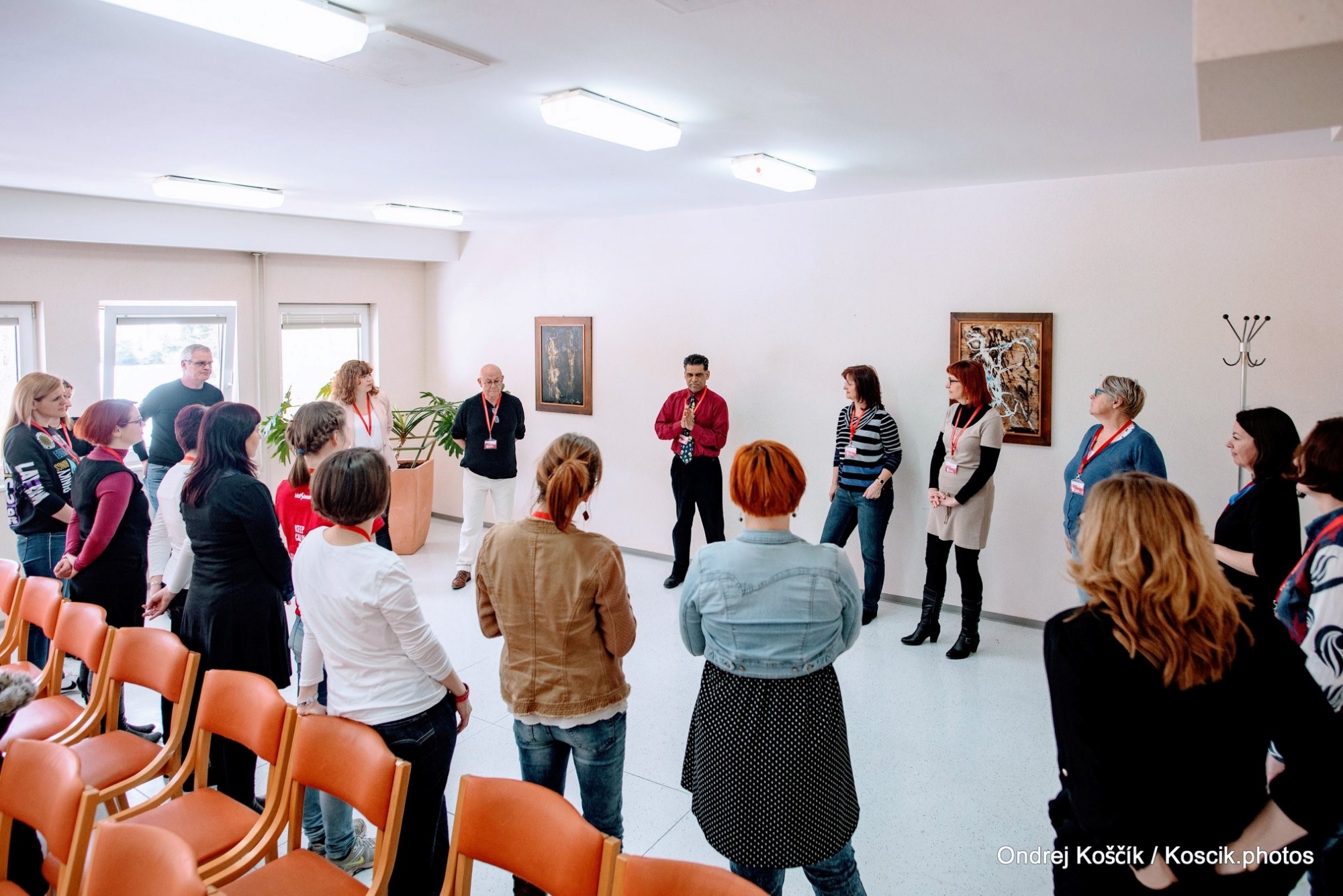
Team Building: Inside the Classroom
The first thing we need in the group is respect for each and every member. I usually start with a name game, which I got from Mark Almond, a Pilgrims drama trainer based in Canterbury, Kent. which is designed to enable you to record everyone’s names. I’ve tried it countless times and it works for any group which has up to 30 participants. Any more than that and it may become slightly more difficult to say the least! Each participant says their name, loudly and clearly. Each person then comes up with an adjective beginning with the same letter as that of their name. If it’s difficult for them, then other members are encouraged to help. Once each person has chosen their adjective, they then need to mime it. This part of the exercise is the most important. If the mime is clear, the others can identify it, associate it with the adjective and hence arrive eventually at the name, which is how our memory works. Those who give a drab performance at miming, create immense difficulties for the other students, as they cannot relate the mime to the adjective, hence the name becomes a distant memory. Each student in turn, goes through every name and adjective as well as performing the mime. Some students will not mime, but insist on pointing at each participant, as they say their name, and these are the students who have difficulty remembering the other names.
As a large amount of work in the classroom involves pair work and groupwork, the first thing is to get these groups sorted out. Many teachers allow their students to stay in the same pairs or groups for most of the lesson, due to the difficulty of moving around the classroom, or simply laziness. There are several ways that pairs and groups can be changed during the lesson and although it demands more effort from teachers, the extra effort is worth it in the end. Finding things in common, birthday dates, moving them around then asking them to freeze, colours of clothes, are just a few examples of ways in which groups can be changed. But even when it seems that you have tried everything and run out of ideas, you can still find ways to change the groups. As a last resort, I get them to sit down in a semi-circle, then ask one of them to choose one of the others to swap seats with. I decide who I want to move, but they decide who to exchange seats with, so it is not too dictatorial. Once a few of them have moved around and I am happier with the new formation of the groups, I can then move on to the next group activity.
Another simple activity which is great for bonding is to have all the students in a circle. The teacher makes any statement which is true, I love chocolate is a good example and moves to the centre of the circle. Students who agree with the statement move to the centre of the circle to join the teacher. Everyone then goes back to their original position; the teacher makes another statement such as, I have been to London and so on. This exercise enables participants to discover many things that they have in common with lots of people, but also with just a few people and in some cases, although it’s usually me, things that you have in common with no-one. This activity is not only good for bonding, but can be used to focus on specific structures, such as, I can. or I have been to. etc.
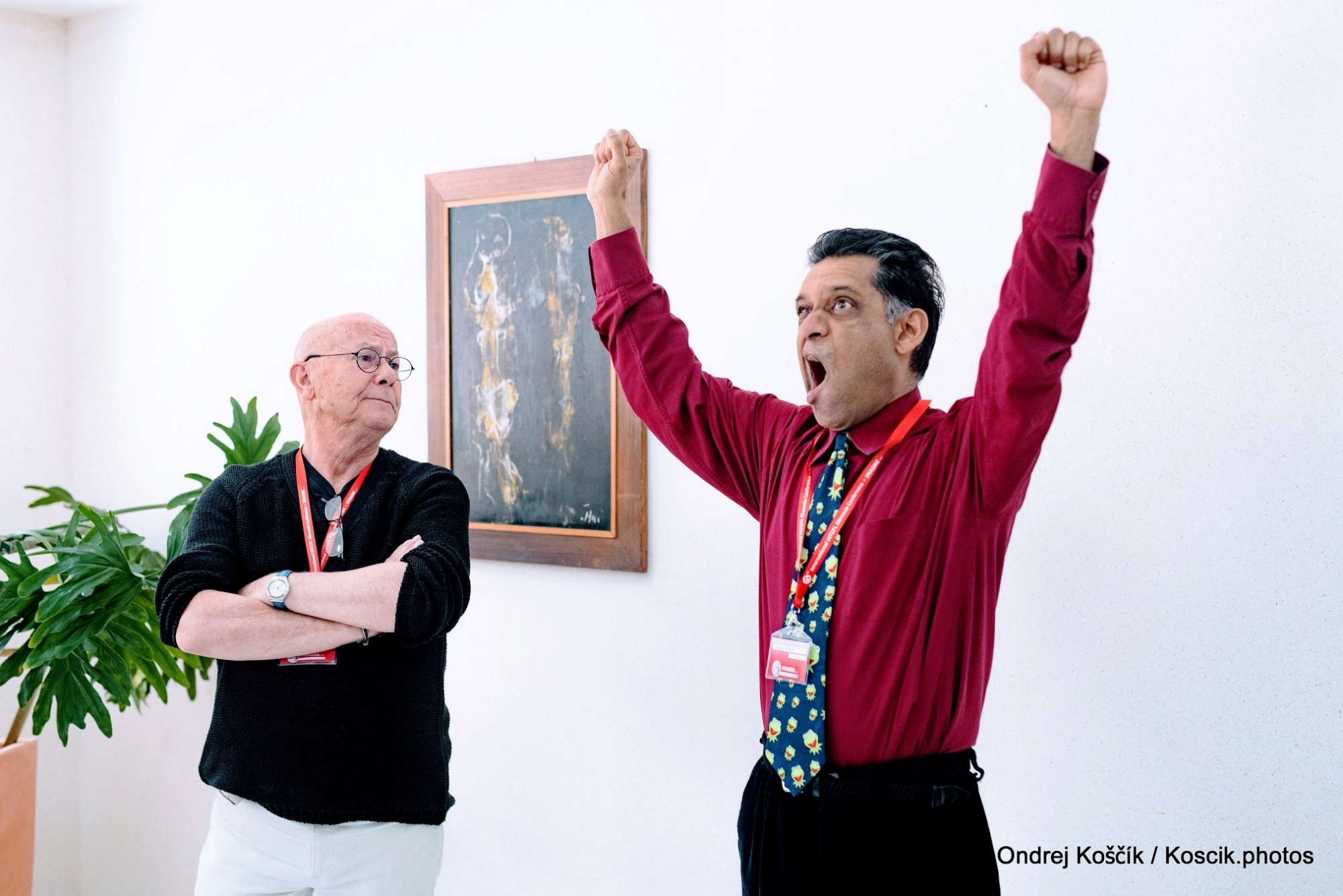
I have a wide range of team building activities, which I use from time to time and vary according to the group I have and the length of time that I have them for. However, the two main team building activities that I use are laughter yoga and gibberish. I have written at least four articles on the subject of laughter yoga, which can be found on my website: www.laughnlearn.net, so I will not go into too much detail here, however, what I can say is that laughing with people, even people with whom you have strained relations, makes it very difficult to come into violent conflict with them, verbally or physically. Laughter yoga involves a lot of eye contact, gentle touching to start with, which gradually increases to overcome those barriers of touching that adults especially seem to suffer from.
Gibberish meanwhile, is the language of non-sense. When a baby is small and cannot yet formulate words, it makes some strange sounds to communicate. The baby’s mother does not look at the baby and ask it to speak clearly. The mother looks at the baby, smiles and replies, using pretty much the same style of language. These two humans continue communicating with each other, using a language which doesn’t even exist, gibberish! There are hundreds of gibberish exercises which we can use. An Israeli expert regularly visits Europe, giving two-day workshops and charging a lot of money for them, but they are always well attended and having spoken to many people who have attended them, they are highly recommendable.
To feel comfortable with gibberish and to be able to use it well, you need to think as little as possible, use the right side of the brain and be as spontaneous as possible. It took me almost six years, until I woke up in the middle of the night and suddenly realized how beneficial it could be. It demonstrates to many of our left-side brain dominated students that communication can be effective, even without the use of words. It encourages students to work on their intonation. These are advantages in addition to that of team building.
To warm up, I get people to practise speaking gibberish in pairs, that way they feel less embarrassed about the situation. After this, we can continue to have conversations in pairs, but taking the last word of our partner to use as the first word of our reply. That encourages listening! The most powerful exercise that I use however, is where I might tell a story in gibberish and a courageous volunteer translates it into a language that everyone in the group can understand, English if it’s an English lesson. This is great, as even the storyteller may have to adapt his story to accompany the translator. Another powerful gibberish exercise is to get people to talk about one of their problems for about one minute, in gibberish. In this way, no-one knows the personal details, even if they get the gist of it, but the speaker gets a lot off his chest and will feel much better afterwards.
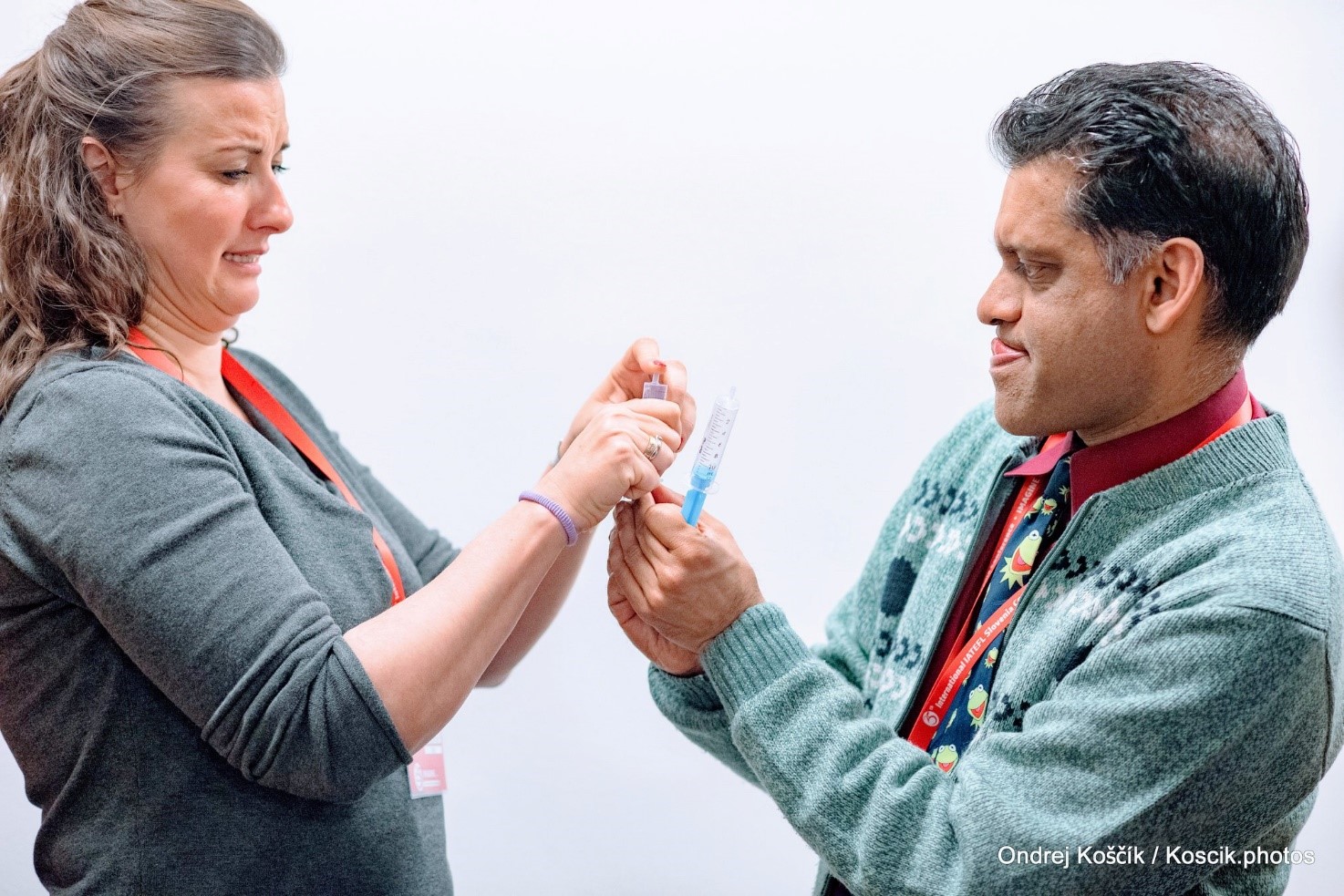
Team Building: Outside the Classroom
The expression “outside the classroom” can and indeed does, have two interpretations. One is team building in an English lesson which is held outside the classroom and the other is outside the classroom meaning in a non-teaching or educational context. Which one am I referring to? Both in fact, so let’s deal with them one by one!
Most of my teaching is done outside the classroom. “The worst place to learn a language is inside the classroom”. I discovered this back in 2007, when I found myself without a classroom, but with a substantial amount of people who wanted to do lessons with me. We had had a location, but despite the large number of attendees, the owner decided that he didn’t want an English course where people laughed, hence I made the decision to leave! Every crisis is an opportunity and so it was to prove. Since then I haven’t looked back.
Team building outside the classroom differs slightly from inside the classroom. Some of the activities I do are the same. We’ll certainly practice some laughter yoga and gibberish in the middle of the street, however, when you are working in public places, there are some limits as to what you can do, although on the other hand, there are innumerable opportunities. I’ll get my students to do trust games, for example in pairs, one student with eyes closed or blindfolded is led by another. There is no better example of a team building activity than one in which your entire safety is dependent on another person. I also do treasure hunts, where in groups of three or four I’ll get them to find things which I have decided upon beforehand.
As well as team building in English lessons, I have been invited to do team building to stressed managers and staff in various companies in Italy. Team building has become popular in business, as it has been proved that colleagues who work well together will produce more and productivity and profits are the name of the game! Most companies invite me to do the interactive games which I have demonstrated here. Some of them then offer me the chance to discuss real problems of conflict and collaboration among the staff. Companies unlike schools and educational institutions, have money and pay well. Hence, if you are a good team building trainer, you can go to any institution, it doesn’t have to be a multinational financial company, it can be a local sports club, a small local bank or a small supermarket, many of these organisations understand the need and importance of team building and will gladly accept the opportunity to do something. However much or little they are prepared to pay you, I can guarantee it will be more than you’ll get from teaching, so it’s worth pursuing, if you have this chance.
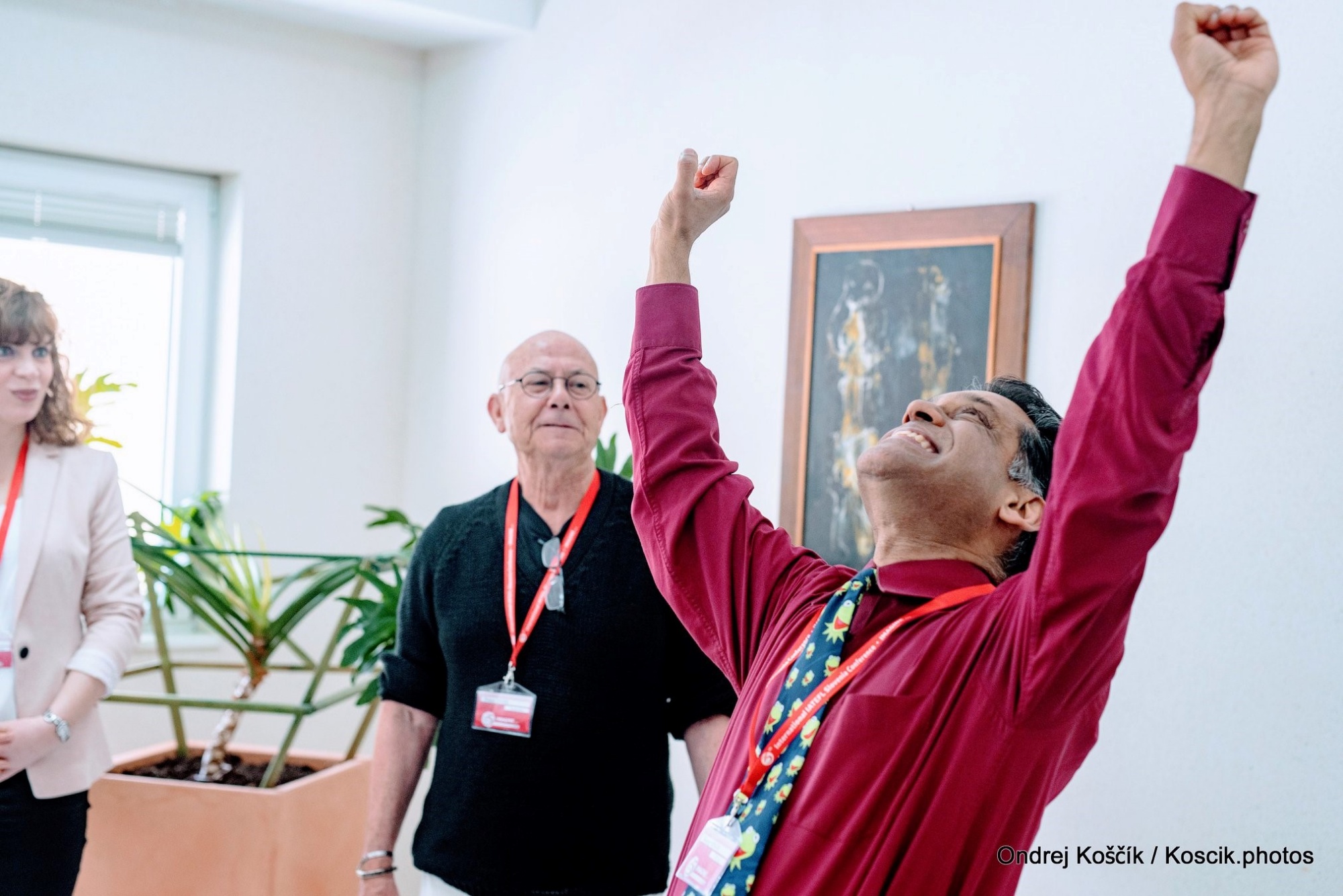
Conclusion
Team building is often confused with warmers and is considered by many teachers as something to be used at the beginning of the lesson, before getting on to the serious stuff. In the case of teachers who might have a rigid programme to follow, this could be the case, however, it must not be underestimated as a technique to get students to collaborate together. In my case, the vast majority of team building exercises that I use, serve not only to build rapport in the group, but also have some kind of valid linguistic teaching point, hence even students themselves are usually unaware of the group dynamics which are taking place, focusing almost entirely on the language elements of the exercises.
Team building exercises come in many forms, I have given some of my own examples, but teachers should follow exercises that they feel comfortable with. It doesn’t necessarily have to involve students being stranded on an island with no food and water and forced to collaborate in order to survive! While some teachers may think that they can happily teach without the need to bother about team building activities, experience has proved to me that it is a fundamental part of teaching, as there is nothing worse than a group who are totally unwilling to collaborate with each other for the good of the group. Indeed, I would go further and say that team building should be used in almost every walk of life.
Please check the How to Motivate Your Students course at Pilgrims website.
Please check the Creative Methodology for the Classroom course at Pilgrims website.
Team Building: Inside and Outside the Classroom
Danny Singh, UK and Italy